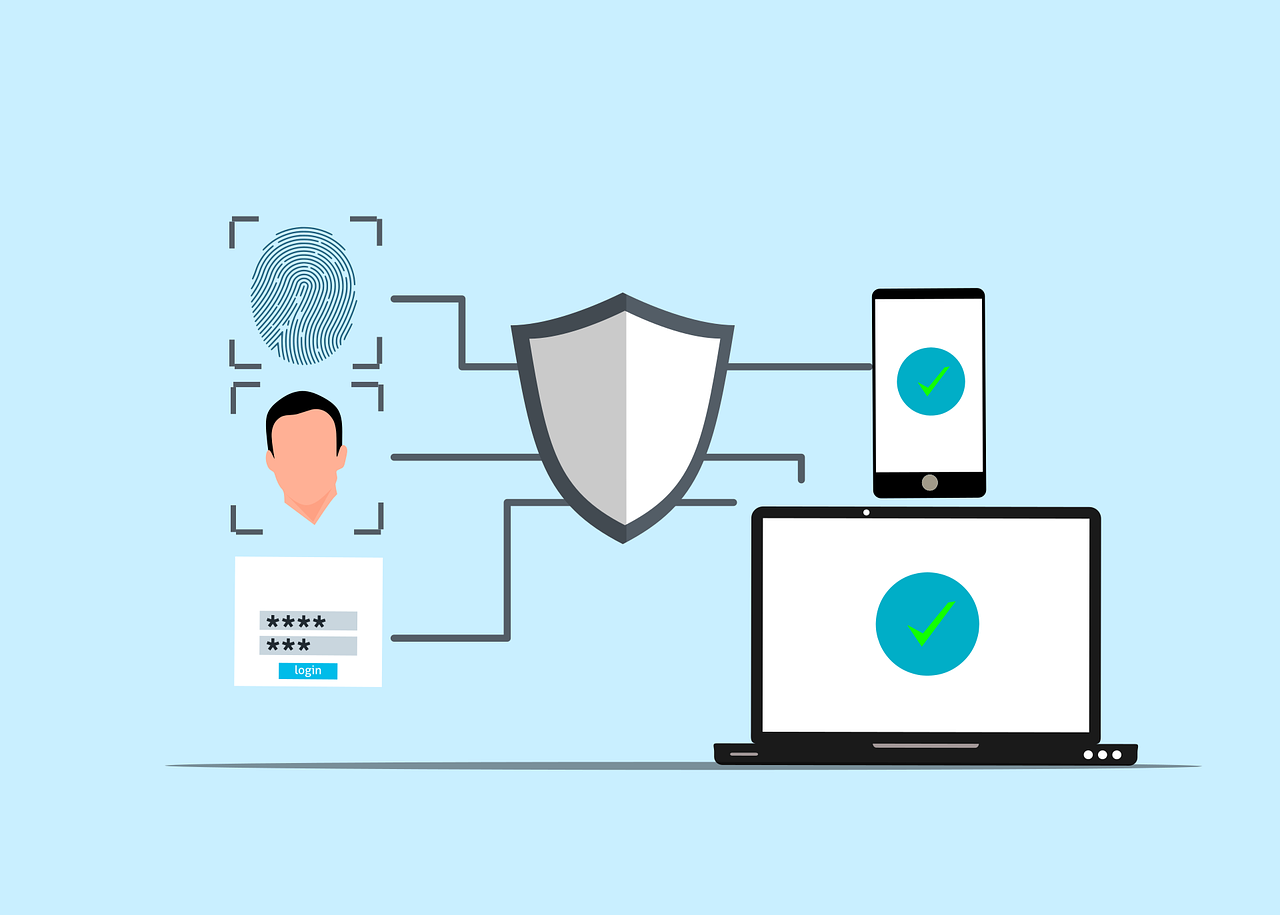Intellectual property for SaaS: who owns what?
SaaS: who owns the intellectual property, between the client and the SaaS company?


SaaS companies and their customers often have a different vision of intellectual property. A customer may think that they own what they are funding or improving, while a publisher generally assumes that they maintain all rights to their product, including suggested improvements. These misunderstandings can generate contractual tensions. It is therefore essential to anticipate these questions and to clarify them as soon as the contract is drafted.
SaaS software is always owned by the publisher, whether it's the initial release or general updates. Even if a customer proposes improvements or influences the evolution of the product, the publisher retains full ownership of the developments made.
In SaaS, the evolution of the software is often based on customer feedback. These improvements benefit all users. It is a key element of the SaaS model: each customer benefits from updates without distinction. As a result, a customer cannot claim ownership rights to an improvement, even if it is the result of his suggestions.
The developments specific to a customer are more complex. If a customer finances customization, they can expect to own it. However, in SaaS, customization is based on the software base and generally remains unusable without it. Once the subscription is over, development often becomes outdated.
It is therefore crucial to assess each case individually and to specify in the contract:
The customer remains the owner of his data:
The SaaS company cannot claim or reuse this data without the customer's agreement. But another type of data is often a source of confusion: usage data.
The logs, statistics and analyses resulting from the use of SaaS generally belong to the publisher. This information allows him to improve his product and optimize performance. They are often anonymized and aggregated, which significantly reduces the risk for the customer.
To avoid unfounded claims, it is essential to:
A well-written SaaS contract protects both the publisher and the customer by clarifying these critical questions from the start.
If you are a SaaS company and want to secure your contracts, I can help you avoid disputes and ensure a clear distribution of rights.


SaaS documentation: how to be transparent without revealing everything. Inspire trust in your customers while protecting your solution and negotiations.

SaaS: involve legal as early as product development to anticipate risks and not lose your money.
Let's build together to grow your business